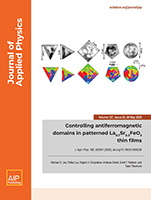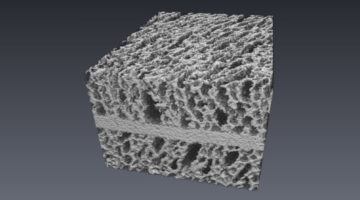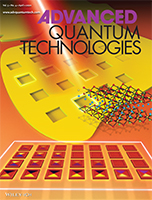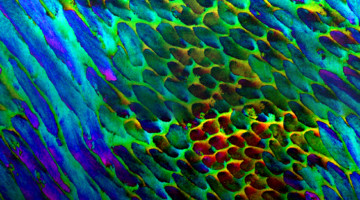Antiferromagnetic spintronics have gained interest because they can be controlled at terahertz frequencies and are insensitive to external magnetic fields. Due to dimensional confinement as well as microstructuring by ion implantation, the spin axis of an antiferromagnetic oxide can be robustly controlled in a deterministic way up to room temperature. Read more »
ALS Work Using Microscopy/Imaging
These techniques use the light-source beam to obtain pictures with fine spatial resolution of the samples under study and are used in diverse research areas such as cell biology, lithography, infrared microscopy, radiology, and x-ray tomography.
Porous Electrolyte Frameworks for All-Solid-State Batteries
With the help of microtomography at the ALS, researchers developed a method to produce a porous electrolyte framework that they used to construct a working all-solid-state battery. Such batteries potentially offer a higher energy density, longer cycle life, and better inherent safety than state-of-the-art lithium-ion batteries. Read more »
Direct Imaging of Fracture Closure in Reservoir Shales
Using x-ray microtomography at the ALS, researchers identified and characterized the microscale factors affecting fluid flow through shale fractures propped open with sand or ceramic spheres. A better understanding of propped fractures can lead to safer and more efficient recovery of hard-to-reach oil and gas resources. Read more »![]()
![]()
Staff at Berkeley Lab’s X-Ray Facility Mobilize to Support COVID-19-Related Research
X-rays allow researchers to map out the 3D structure of proteins relevant to diseases at the scale of molecules and atoms, and the ALS has been recalled to action to support research related to COVID-19, the coronavirus disease that has already infected about 2 million people around the world. Read more »
Highly Enhanced Curie Temperature in Ga‐Implanted Fe3GeTe2 van der Waals Material
Researchers report an effective and reliable method of increasing the Curie temperature of ferromagnetic Fe3GeTe2 (FGT) van der Waals (vdW) material by Ga implantation, opening a new opportunity for tailoring the magnetic properties of vdW materials beyond room temperature for future spintronics applications. Read more »
The Inside‐Outs of Metal Hydride Dehydrogenation: Imaging the Phase Evolution of the Li‐N‐H Hydrogen Storage System
Hydrogen absorption and release in lithium amide involves chemical and structural change. Scanning transmission x‐ray microscopy visualizes this phase evolution inside particles, showing a core‐shell architecture, with the more hydrogenated species as the shell for hydrogenation and, more surprisingly, for dehydrogenation as well. Read more »
Crystal Misorientation Toughens Human Tooth Enamel
Researchers discovered that, in the nanoscale structure of human enamel (the hard outer layer of teeth), slight crystal misorientations serve as a natural toughening mechanism. The results help explain how human enamel can last a lifetime and provides insight into strategies for designing similarly tough bio-inspired synthetic materials. Read more »![]()
![]()
Machine Learning Helps Stabilize Synchrotron Light
Researchers showed that machine learning can predict noisy fluctuations in the size of beams generated by synchrotron light sources and correct them before they occur. The work solves a decades-old problem and will allow researchers to fully exploit the smaller beams made possible by recent advances in light source technology. Read more »![]()
![]()
Controlling Spin in Antiferromagnetic Nanostructures
Researchers discovered that the spin configuration of a nanostructured antiferromagnetic material can be affected by the dimensions of features imprinted onto the material. The results suggest that nanoscale patterning can be a viable tool for engineering spin configurations in future antiferromagnetic spintronic devices. Read more »![]()
![]()
The Chemistry of Art
To learn more about the chemical processes involved in aging oil paints in microscopic and nanoscale detail, researchers conducted a range of studies that included 3D x-ray imaging of a paint sample. The study could have broader implications for conservation based on the observed chemistry of oil paints. Read more »
- « Previous Page
- 1
- …
- 9
- 10
- 11
- 12
- 13
- …
- 19
- Next Page »









